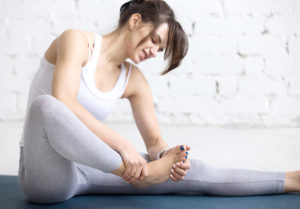The No.1 injury prevention strategy – Modulate your STRESS (Part 2)
Physiological stress: Friend or Foe?
When we fail to respond suitably to an emotional or physical ‘threat’, whether it be real or perceived, our body initiates a ‘Fight or Flight’ response and our adrenal glands release a substance called cortisol. This is known as the ‘stress hormone’. During this response, our body sends stored energy to our working muscles and also suppresses the functions of growth, repair, digestion, sexual drive and the immune system, so as to conserve valuable energy. If the ‘Fight or Flight’ response is turned on too often or we remain continually in a state of ‘Fight or Flight’, very typical in modern life, this can cause immense wear and tear on the cells of our body.






